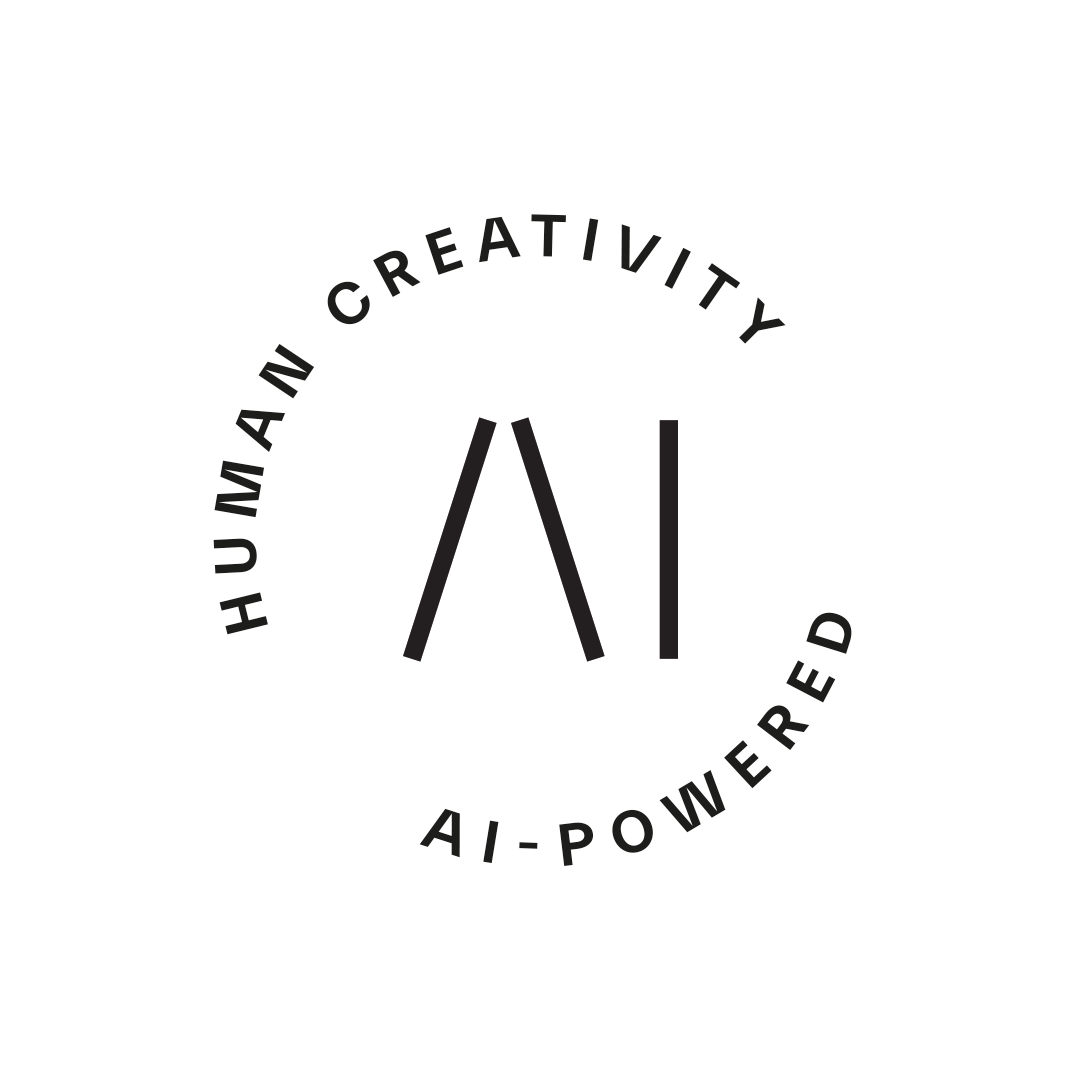
Miia Järvenpää is a valuable asset to Siili, bringing over two decades of IT industry experience to her role as both a Lead Data Engineer and Team Lead for Data Engineers North. This year, she stepped into a leadership role, overseeing a team of data engineers in Joensuu, Jyväskylä, and Oulu. In addition to her technical expertise, Miia now also supports the professional growth and well-being of her team members while continuing to work on customer projects.
Miia’s work at Siili involves designing business intelligence systems that help clients make the most of their data, particularly through efficient data warehousing, modeling, and reporting solutions. She occasionally takes on a more consultative role, mentoring colleagues and guiding clients in maximizing their data capabilities. Her experience working with various tools and technologies enables Siili to deliver innovative and reliable solutions to its clients.
Miia also actively participates in community initiatives, such as the Mimmit Koodaa program, which encourages more women to enter the IT field. Through her work at Siili, Miia continues to inspire and lead by example, helping to shape the future of data engineering both within the company and in the broader industry.
In a quick interview, Miia reflects on her career as a lead data engineer and lead at Siili Solutions.
Michal: Hi Miia. For a start, can you explain what you do at Siili?
Miia: At the beginning of this year, I started as one of the data engineers' team leads. I'm the Team Lead for Data Engineers North, with team members based in Joensuu, Jyväskylä, and Oulu. My role is a combination of team lead (20%) and lead data engineer (80%).
As a team lead, I take care of supervisor tasks for my team, supporting their professional growth, well-being, and collaboration. My responsibilities also include setting a vision for the team, fostering a growth mindset, coaching individuals, and leading by example.
Aside from my leadership role, I continue working on customer projects, focusing on data warehousing, data modeling, and reporting solutions.
Michal: How has your work changed with the rise of AI? Has it made things easier or more challenging?
Miia: Interestingly, I haven’t really integrated AI into my work yet, aside from using tools like ChatGPT for tasks like SQL scripting or writing DAX scripts for Power BI. I haven’t found many AI tools that fit my work needs. However, one change I’ve noticed is the rise of self-service tools, which allow customers to build reports themselves. This shift, along with the growing volume of data, has changed how we handle data storage and processing. Customers are becoming more aware of the need to manage data growth effectively.
Michal: With these self-service tools becoming more popular, would you say there is less work for data engineers nowadays?
Miia: The role has definitely evolved. What used to be called a Business Intelligence Consultant has shifted towards data engineering over time, focusing more on building background pipelines. As a Team Lead, part of my job is helping my team navigate these industry shifts, making sure we stay ahead by learning new technologies and adapting to self-service tools that are reshaping data engineering.
Michal: How do EU regulations impact your work, particularly with data collection and processing?
Miia: Yes, regulations like the Data Act and GDPR have impacted our work, especially with restrictions on transferring data outside the EU and how personal information is stored and handled. These regulations have significantly changed how we approach data management. Engineers must implement systems that can segregate EU data, preventing unauthorized transfers outside the European Economic Area (EEA). This often involves designing localized data storage solutions or integrating compliance tools that monitor and manage cross-border data flows.
Another critical impact is the emphasis on data minimization and retention policies. Data engineers are now required to build systems that not only collect the necessary data but also automatically delete or archive it according to predefined schedules. Sophisticated data lifecycle management tools are used to ensure compliance with regulations on how long data can be stored. Additionally, engineers must design data pipelines that respect user consent and allow for easy retrieval or deletion of data, responding to user requests in line with their rights under GDPR.
The increased focus on data security has changed how data engineers approach system design. They are now responsible for implementing encryption, access controls, and audit trails within their data systems to safeguard personal information. Regular security assessments and updates have become integral to their roles, ensuring that data systems are resilient against breaches and compliant with the regulatory framework.
Michal: You’ve been in this field for a while. Do you see any broader industry trends or major changes over the years?
Miia: One notable trend is the increased variety of tools and technologies available for data engineering. It’s no longer about sticking to one technology package. This means data engineers need to stay up to date with the latest developments and technologies, as things change quickly in this field.
Michal: So, how do you recommend staying updated with these technologies and trends?
Miia: Following data engineering groups, technology companies, and learning paths from platforms like Microsoft can be helpful. Certifications and keeping up with company publications on how they’ve solved specific problems are also good ways to stay current.
As a Team Lead, I also support my team members in their professional growth—whether through mentorship, sharing learning resources, or guiding them toward certifications and skill development opportunities.
Michal: Would you recommend data engineering as a career path for young people?
Miia: Absolutely. I’ve been in this field for over 20 years, and it’s a career with growing opportunities. It’s important to have a broad understanding of data processes, from data modeling to visualization. While technologies evolve, the core skills like understanding data relationships and SQL scripting remain essential. It’s also good to familiarize oneself with technologies like Spark and Azure.
Also, data engineering is critical for AI development, which is all the hype now. Companies are still in the phase of collecting data and doing basic reporting, but there’s a growing need for more advanced analysis and prediction, which ties directly into AI. Data scientists often play a key role in analyzing data and finding patterns.
Michal: On a lighter note, I heard you have an interesting hobby—dancing! Do you still do it?
Miia: Yes, I do. I’ve been taking dance classes for about four years now. It’s a great way to unwind and relax my mind after work.
Michal: You’ve also been involved with Mimmit Koodaa. Can you tell me about the initiative?
Miia: Yes. Mimmit Koodaa is a Finnish initiative aimed at increasing the participation of women in the field of software development and IT. The program, which translates to 'Women Code' in English, was launched by the Finnish Software and E-business Association in 2018. It focuses on providing women with opportunities to learn coding and other technical skills through workshops, events, and training sessions.
As a Team Lead now, I see even more value in initiatives like Mimmit Koodaa. It’s not just about getting women into tech, but also about supporting their career growth so they can become future leaders in data engineering. At Siili, we’re creating an environment where diverse talent can thrive and move into leadership positions.
Michal: Why would someone choose to become a data engineer over a software developer? Is it a different skill set or personality?
Miia: Data engineering is heavily focused on problem-solving—understanding how to structure and manage data effectively. It involves a lot of communication with customers to understand their data needs. While there’s some overlap with coding, data engineers typically focus more on SQL scripting and understanding the business side of data.
Follow Miia on LinkedIn. For another deep-dive interview with Miia, read another post on our blog: here.
Miia Järvenpää is a seasoned IT professional with over 20 years of experience in the industry. She has built her career by working with some of Finland's most prominent brands and respected companies. Throughout her journey, Miia has developed an impressive range of skills, particularly in data engineering, where she excels in areas like data modeling, warehousing, and reporting.
Beyond her professional life, Miia is also deeply involved in her hobbies, which include dancing and singing, activities that help her maintain a healthy work-life balance. Her journey and contributions to the field serve as an inspiration for others, particularly women considering a career in IT
.png)
